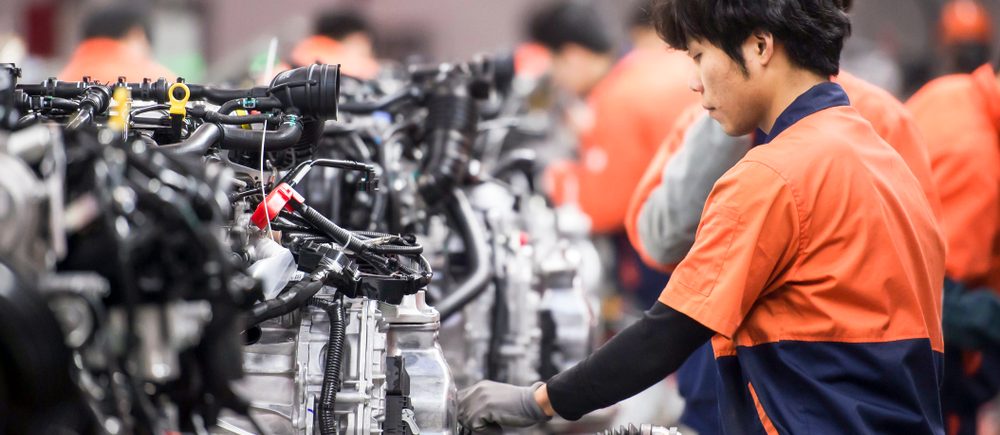US manufacturing sector slowed in January; but employment surged. A measure of US manufacturing activity fell to a 14-month low in January amid an outbreak of COVID-19 infections, supporting views that economic growth lost steam at the start of the year.
The Institute for Supply Management (ISM) said on Tuesday that its index of national factory activity dropped to a reading of 57.6 last month. That was the lowest reading since November 2020 and followed 58.8 in December.
A reading above 50 indicates expansion in manufacturing, which accounts for 11.9% of the US economy. Economists polled by Reuters had forecast the index dropping to 57.5.
The economy hit a soft patch in December, which appeared to have persisted into early 2022 as coronavirus infections, driven by the Omicron variant, raged across the country. The ensuing disruptions at businesses and schools have led economists to anticipate a sharp slowdown in job growth in January.
The economy grew at a 6.9% annualized rate in the fourth quarter, helping to boost overall growth in 2021 to 5.7%, the strongest since 1984. Economists at Goldman Sachs on Monday slashed their first-quarter gross domestic product growth estimate to a 0.5% rate from a 2.0% pace, citing Omicron and reduced money from the government to households.
The ISM survey’s forward-looking new orders sub-index fell to 57.9 last month, the lowest reading since June 2020, from 61.0 in December. It was the second straight monthly slowdown in new orders. But customer inventories remain depressed, which could help to limit the pace of moderation in order growth.
There was another tentative sign of improving supply chains. The survey’s measure of supplier deliveries was little changed at 64.6. A reading above 50% indicates slower deliveries to factories. The steady reading in the index is encouraging given the Omicron wave, which economists had feared would keep more factory workers at home and further stress supply chains.
Still, prices at the factory gate continued to march higher. The survey’s measure of prices paid by manufacturers increased to a reading of 76.1 from 68.2 in December, suggesting that inflation could remain uncomfortably high for a while.
The Federal Reserve last week said it was likely to raise interest rates in March, with economists expecting as much as seven hikes this year to tame inflation.
Despite Omicron’s rampage, factories hired more workers last month, with the ISM survey’s measure of manufacturing employment increasing to a 10-month high. This is welcome news amid an anticipated sharp slowdown in job growth or even a decline in nonfarm payrolls in January.
According to a preliminary Reuters survey of economists, nonfarm payrolls likely increased by 153,000 jobs in January after rising 199,000 in December. Estimates range from a decline of 250,000 jobs to increase of 385,000. The Labor Department is scheduled to publish January’s employment report on Friday.

China
 Noor Trends News, Technical Analysis, Educational Tools and Recommendations
Noor Trends News, Technical Analysis, Educational Tools and Recommendations




